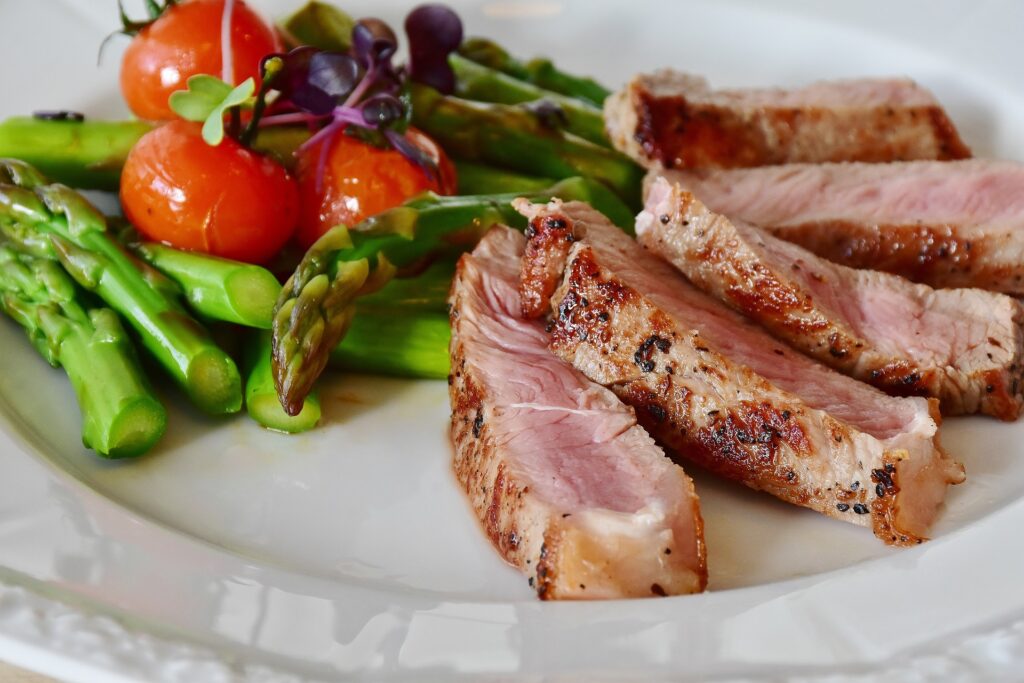Sleep apnea is a common sleep disorder in which a person stops breathing many times while sleeping. This can cause loud snoring, choking, gasping for breath, and pauses in breathing. Sleep apnea can be caused by a number of factors, including obesity, ageing, and structural abnormalities of the airways. It can also be a side effect of certain medications or medical conditions.
Sleep apnea can have serious health consequences, including an increased risk of heart attack, stroke, and high blood pressure. Sleep apnea can be treated using a continuous positive airway pressure machine, otherwise known as a CPAP machine. Sleep apnea can also be treated with surgery or other devices while you sleep that can move the jaw forward, opening up the airways.
What to expect from our article
- 1 How to cure sleep apnea naturally at home without CPAP
- 2 What is the main cause of sleep apnea?
- 3 What are the warning signs of sleep apnea?
- 4 How do you know if you have sleep apnea?
- 5 What is the best sleeping position for sleep apnea?
- 6 What foods are good for sleep apnea?
- 7 What happens if you don’t treat sleep apnea?
- 8 What is the newest treatment for sleep apnea?
How to cure sleep apnea naturally at home without CPAP
Sleep apnea is a common problem that can lead to serious health problems if left untreated. The most effective treatment for sleep apnea is the use of a CPAP machine, which delivers pressurised air to the airways to keep them open during sleep.
While there are no proven natural remedies for sleep apnea, there are some lifestyle changes you can make that may help improve your symptoms. These include:
- Losing weight if you are overweight or obese
- Avoiding alcohol and sleeping pills
- Sleeping on your side instead of your back
- Nasal decongestants and allergy medications to reduce nasal congestion
- Using saline sprays or nasal strips to keep your nasal passages clear
It’s important to note that these lifestyle changes may not be enough to fully treat your sleep apnea, so it’s important to talk to your doctor about the best treatment options for your individual needs.

What is the main cause of sleep apnea?
The main cause of sleep apnea is a blockage of the airway. This can be caused by a number of factors, including obesity, ageing, and structural abnormalities of the airways.
In obesity-related sleep apnea, excess weight can cause the airway to become narrowed or blocked, making it difficult to breathe.
In age-related sleep apnea, the muscles in the airway can become weak and less able to keep the airway open. Structural abnormalities can make it difficult for air to flow freely.
Sleep apnea can also be caused by drinking alcohol, taking sedatives, smoking, or having certain medical conditions.
What are the warning signs of sleep apnea?
The warning signs of sleep apnea include
- Loud snoring,
- Choking or gasping for breath during sleep
- Pauses in breathing during sleep
- Daytime drowsiness or fatigue
- Morning headaches
- When you wake up, you may have a dry mouth or a sore throat.
- Difficulty concentrating or irritability
- Insomnia or restless sleep
- Waking up frequently to urinate
If you or someone you know experiences any of these symptoms, it’s important to talk to a doctor. Sleep apnea can have serious health consequences if left untreated, so it’s important to get a proper diagnosis and treatment.
How do you know if you have sleep apnea?
The only way to know for sure if you have sleep apnea is to undergo a sleep study. This is a test that is done in a sleep lab or at home, where your sleep is monitored to determine if you have sleep apnea and, if so, how severe it is. A sleep study can also help figure out which treatment will work best for you.
What is the best sleeping position for sleep apnea?
Sleeping on your side is the best position for sleep apnea. Sleeping on your back can cause the tongue and other soft tissues in the throat to relax and block the airway, leading to sleep apnea. Sleeping on your side can help keep the airway open and improve breathing.
If you have sleep apnea and tend to sleep on your back, you can try using a special pillow or other device to help you stay on your side during sleep. You can also try sewing a tennis ball into the back of your pyjamas to prevent yourself from rolling onto your back.
What foods are good for sleep apnea?
There is no specific diet that has been proven to help with sleep apnea, but eating a healthy, well-balanced diet can help you maintain a healthy weight and improve your overall health, which may also help to reduce the symptoms of sleep apnea. In general, a healthy diet for sleep apnea should include the following:
- a variety of fruits and vegetables
- Whole grains
- Lean proteins, such as chicken, fish, and beans
- Healthy fats, such as nuts and avocado
Eating a healthy diet can also help you avoid foods that can worsen sleep apnea, such as
- Alcohol
- Caffeine
- Heavy, spicy, or fatty foods can cause indigestion and contribute to sleep apnea
- Large meals before bed can cause acid reflux and worsen sleep apnea symptoms
It’s important to talk to your doctor about the best diet for your individual needs. In some cases, a registered dietitian may be able to provide personalised dietary recommendations.

What happens if you don’t treat sleep apnea?
If sleep apnea is not treated, it can have serious health consequences. Sleep apnea can cause a person to stop breathing repeatedly during sleep, which can lead to low blood oxygen levels. This can have a range of effects on the body, including:
- High blood pressure
- Heart disease, including heart attack and stroke
- Type 2 diabetes
- Depression
- Cognitive impairment
Untreated sleep apnea can also lead to daytime drowsiness, which can affect a person’s ability to work, drive, and perform other daily activities. It can also cause relationship problems and other social and psychological issues. In severe cases, untreated sleep apnea can be life-threatening.
What is the newest treatment for sleep apnea?
There is no “newest” treatment for sleep apnea because the best treatment depends on the person and how bad their condition is.
The most commonly used treatment for sleep apnea is continuous positive airway pressure (CPAP), which delivers pressurised air to the airways to keep them open during sleep. Other treatments for sleep apnea may include:
- Oral appliances, which can help keep the airway open by moving the lower jaw or tongue forward
- Surgery to remove excess tissue from the airway or to widen the airway
- Hybrid therapy, which combines CPAP with other treatment options, like using implants that stimulate the upper airway muscles to keep the airway open













